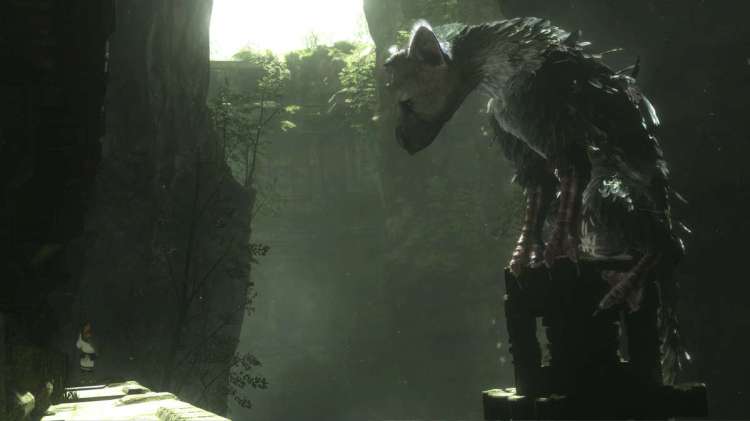L.A. Noire
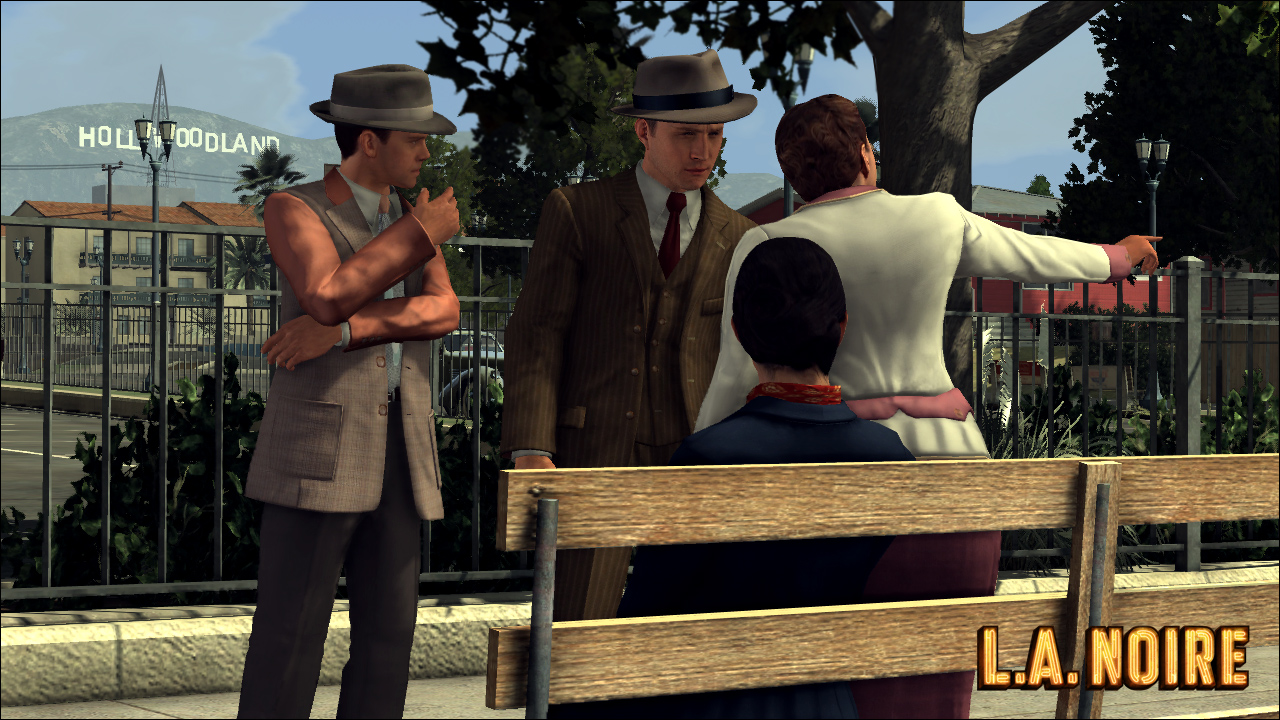
Above: My favorite thing to do in L.A. Noire was walk around and find random pedestrians that were the same actor I’d just interrogated, only with a mustache.
Time in development: 7 years
So, what happened?
L.A. Noire (the “e” at the end was for “Entirely different from that Frank Darabont T.V. show that changed its name to Mob City anyway and wasn’t even on that long, so our silly and confusing name was totally worth it”) aimed to be a gritty, period cop drama with mind-shattering new tech. Developer Team Bondi created its own face-scanning system so that it could have real people that you recognize — mostly from Mad Men — playing the characters with stunning realism.
Crazyface technology (not its real name) enabled the developers to create L.A. Noire’s interrogation system, in which players could determine whether the character they were talking to was lying or telling the truth by watching how the subject reacted to their questions.
But mostly, it was just kinda weird because while the heads were realistic, the characters’ bodies were still the same oddly animated models we’ve seen in games since Grand Theft Auto III introduced Giant Mitten Hands in 2001.
Regardless, all that scanning and rendering for a huge cast of character actors takes time, especially if you invented the thing and are still figuring out how to use it. It also went from a PlayStation 3 exclusive to a multiplatform release and consequently switched publishers from Sony to Rockstar Games.
Oh, and it also takes place in a meticulous digital re-creation of 1947 Los Angeles, and that probably took some time, too.
Was it worth it?
It depends on whom you ask.
While L.A. Noire was a critical and financial success, Team Bondi closed shortly it came out. Rockstar retains the franchise rights, however, so we may not have heard the last of it.
Team Fortress 2
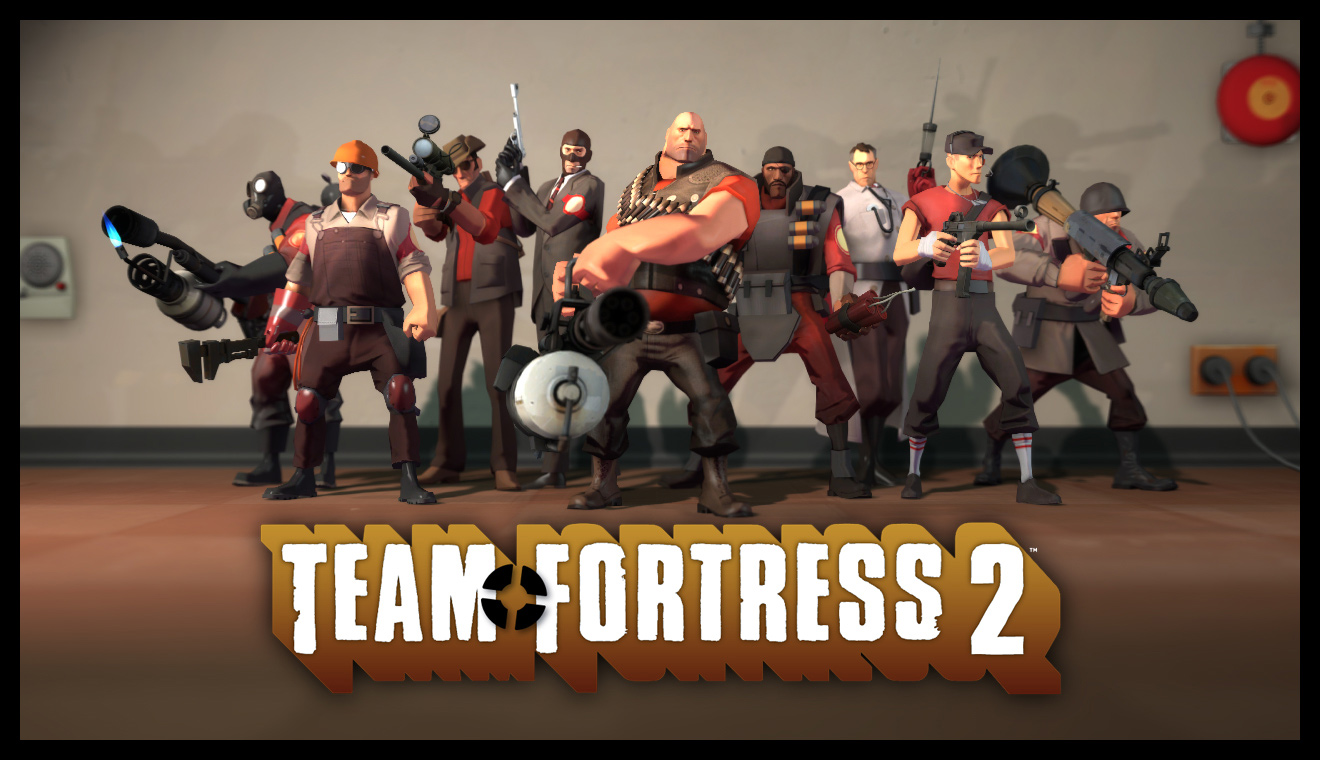
Above: It did not always look like this.
Time in development: 9 years
So, what happened?
The original Team Fortress launched in 1996 and returned in 1999 as a showcase for developer Valve’s Daikatana-shaming GoldSrc engine. It was a team-based multiplayer shooter with nine playable classes and a variety of modes.
Development of the sequel started alongside the re-release using GoldSrc, but Valve later moved it over to its fancy new Source engine, which caused some delay.
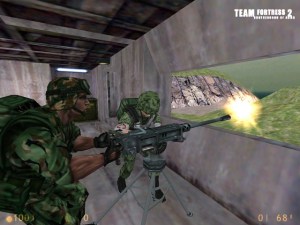
Above: Oh, hey. It’s the Gun Guy class from every game, ever.
And then Valve stopped talking about it for six years. Oh, also, back then, it was going to look like that picture on the right.
So, yes — a lot can happen in six years, but Valve can literally afford to take its time with these things. Just ask people who are still waiting for the developer to announce a third Half-Life game.
Team Fortress 2 finally launched with its new, cartoony art style in 2007 as part of Valve’s Orange Box compilation which also included Half-Life 2, its two follow-up episodes, and Portal.
Man, that was a really good collection.
Was it worth it?
Yes. In addition to creating the virtual world’s first hat-based economy, Team Fortress 2 is still one of the most popular multiplayer shooters out today. And sometimes when you’re at a convention like the Penny Arcade Expo, you’ll see two groups of fans dressed as the opposing teams run into each other and start pretending to fight.
And that alone is worth the wait.
Too Human
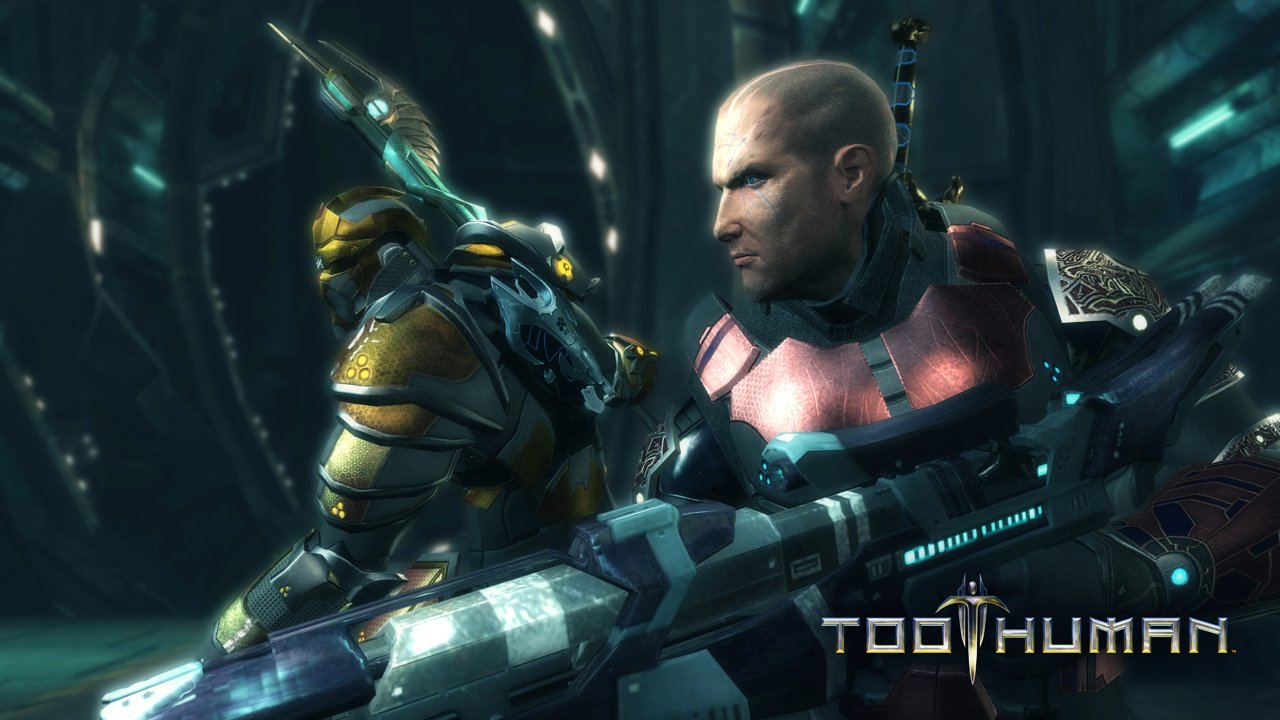
Above: This one is maybe the saddest story in this whole article.
Time in development: 10 years
So, what happened?
Too Human is a tough game to describe. It’s a third-person action title based on Norse mythology combined with Deus Ex-style cyberpunk stylings.
Oh, hey. I just described it.
Developer Silicon Knights originally planned to release it for the original PlayStation before switching to Nintendo’s GameCube and then finally coming out on the Xbox 360. So it existed on three different consoles from different companies across three hardware generations, and that alone makes it notable.
It was also planned as the first part of a trilogy, so who knows how long that whole thing might have taken.
Other than the game playing Musical Chairs with its hardware, development of the final version suffered from some issues Silicon Knights cited with the Unreal 3 engine it had licensed from Gears of War developer Epic Games.
And that’s when the saddest part of the story happens.
Was it worth it?
Despite its extremely popular demo, Too Human launched to average reviews and sales.
Later, Silicon Knights sued Epic, citing a lack of technical support and a failure to deliver on the terms of the license. Epic sued right back for unpaid royalties and won. The judge awarded the Unreal creator $4.5 million and ordered further that every copy of Too Human be recalled and destroyed.
So, no. Probably not worth it.
Duke Nukem Forever

Above: Duke Nukem Forever’s story might be sadder than Too Human’s but for completely different reasons. Its greatest tragedy is that it exists at all.
Time in development: 14 years
So, what happened?
You knew this was coming.
Duke Nukem Forever, which spent a decade-and-a-half as the gaming world’s greatest punchline, started its public life in 1997 when series developer 3D Realms announced its existence. Before it came out in 2011, development had gone through five engines — its predecessor Duke Nukem 3D’s Build, Quake II, Unreal, Unreal 2, and a heavily modified version of the last.
It also survived 3D Realms’ downsizing and a switch in developers; Borderlands creator Gearbox Software picked up the then-cancelled project in 2010 and carried it through to its release.
Meanwhile, the Internet had been assembling lists of things that had happened since the game’s announcement (including all of the Sims and Grand Theft Auto series, 19 hardware launches/updates, and Britney Spears’ entire musical career), so it actually appearing on store shelves was something of a buzzkill.
Was it worth it?
The game sold about half of what publisher Take-Two Interactive projected, and critics did not receive it well. Reviews cited overly long load times, antiquated design, and one level in particular for its indelicate, Duke Nukem-esque handling of some very disturbing subject matter.
So, after all that time, Duke Nukem Forever’s final joke was on us.
But think of it this way: What would the Internet have done if it had actually been good? I don’t think we could have even handled that.
VentureBeat's mission is to be a digital town square for technical decision-makers to gain knowledge about transformative enterprise technology and transact. Learn More
